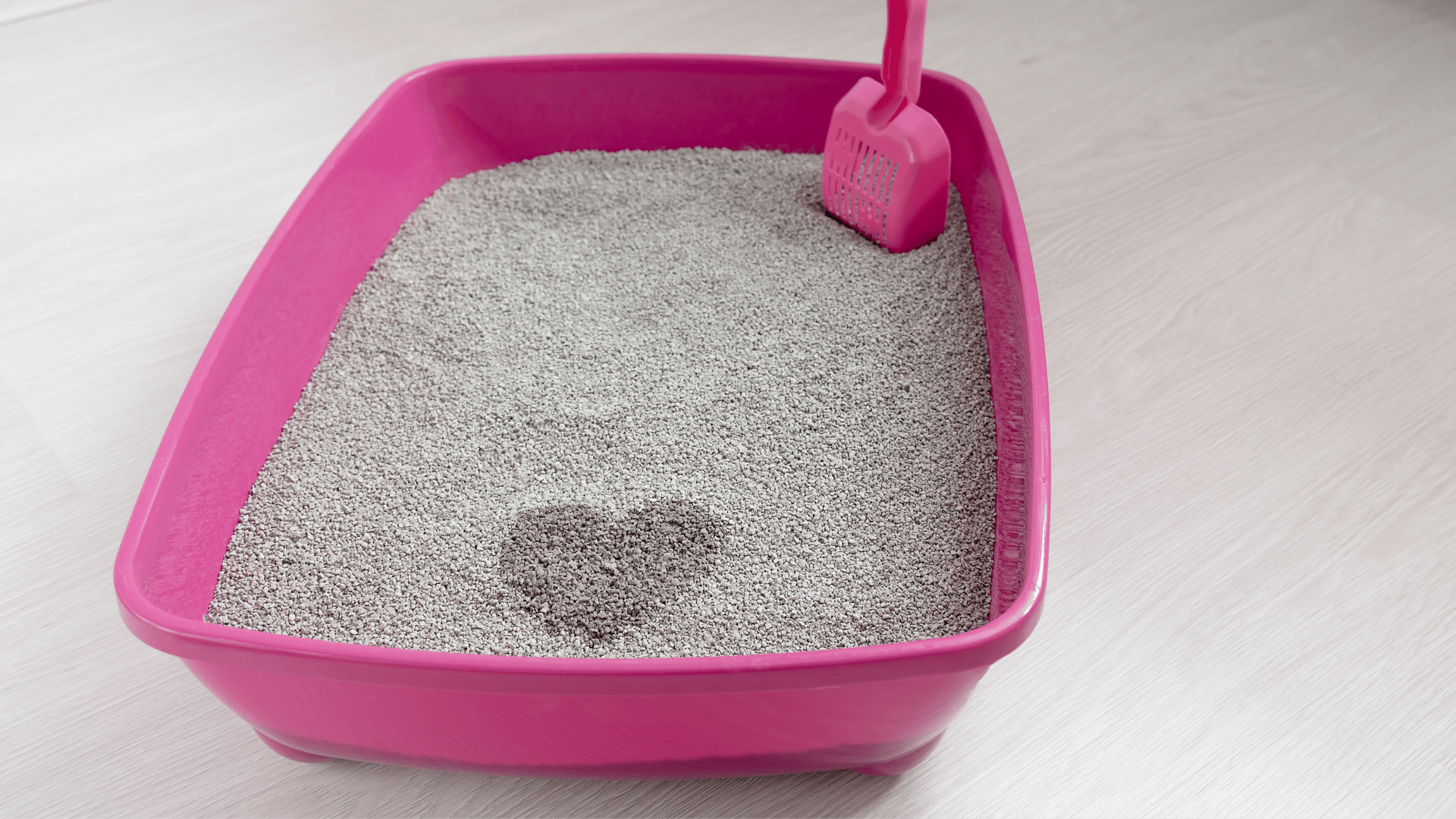How to Train a Dog to Use a Litter Box
Training a dog to use a litter box might sound like a quirky idea reserved for cats, but it’s a practical skill that can transform life with your pup, especially if you’re in a small space or facing harsh weather. If you’ve been wondering how to train a dog to use a litter box, you’re not alone—pet owners everywhere are discovering this clever workaround for housebreaking challenges. With a blend of patience, consistency, and a few smart tricks, you can make it happen, and this guide is here to show you how to train a dog to use a litter box step-by-step, with personal insights and a look at 2025’s innovative training trends. Let’s dive in and get your dog litter-ready.
The Appeal of Litter Box Training
Why would a dog need a litter box? It’s not about replacing outdoor time—walks are still essential for exercise and stimulation—but about offering a reliable indoor option. Small breeds like Chihuahuas, Pomeranians, or even tiny mixed pups adapt well, particularly in apartments, high-rises, or homes without yards. The Petfinder team points out it’s also a boon for owners with mobility issues or during brutal winters when stepping outside feels like a punishment. Imagine no more frantic dashes in the rain or snow—just a clean, controlled spot inside. It’s convenience wrapped in a bow, and it starts with understanding your dog’s instincts.
Step 1: Select the Right Equipment
The foundation of this training lies in choosing the perfect litter box. You’ll need something accessible—low sides are key so your dog can step in without a struggle. Puppy training pans, shallow cat trays, or even specially designed dog litter boxes work well; just ensure it’s big enough for them to turn around comfortably but not so vast it feels overwhelming. I picked up a basic plastic tray for my scruffy terrier mix, Rusty, for about $15, and placed it near the back door where he already lingered. Location matters—pick a quiet, low-traffic area where your dog feels safe, like a corner of the kitchen or a bathroom nook. Avoid spots near their food or bed; dogs like their bathroom separate from their dining room, just like we do.
Step 2: Choose a Suitable Litter
Next up is the litter itself, and this isn’t a one-size-fits-all deal. Traditional cat litter—especially clumping clay—can be too dusty or tempting to eat, posing risks for dogs. Instead, opt for dog-friendly alternatives like wood or paper pellets, which soak up messes without clinging to paws, or artificial turf pads that mimic the grass they’re used to. I went with shredded newspaper for Rusty at first—cheap, easy to replace, and he took to it without hesitation. Some dogs prefer the feel of pellets underfoot, while others gravitate to turf’s familiar texture. Skip anything scented; dogs don’t need lavender wafting up their noses to do their business. Experiment a bit—your dog’s preference will guide you.
Step 3: Leverage Existing Habits
The best way to kick things off is by tapping into what your dog already knows. If they’re used to puppy pads, place a lightly soiled one in the box—the familiar smell acts like a neon sign saying, “Go here!” For dogs accustomed to outdoor relief, scoop a small patch of pee-soaked dirt or grass and set it in the tray to bridge the gap. Rusty had been pad-trained as a pup, so I slid a used pad into his new box, and he sniffed it out like a detective on a mission. If your dog’s a blank slate with no prior training, you’ll need to catch them in the act—watch for circling or sniffing, then gently guide them to the box. Timing this right turns their natural urges into your training tool.
Step 4: Master the Timing
Dogs have predictable potty schedules, and you can use this to your advantage. They typically need to go after eating, waking up, or playing—prime moments to lead them to the litter box. I’d scoop Rusty up post-breakfast, carry him to the tray, and say “Go potty” in a cheerful tone, then wait. He’d pace a bit, sniff, and eventually squat, usually within a minute or two. Don’t hover too close—give them space to feel unpressured—but stay near enough to reward the second they go. If they don’t, try again after the next trigger. Patience here is gold; rushing them only muddies the waters.
Step 5: Reward Like a Rockstar
Positive reinforcement is the heartbeat of this process. The instant your dog uses the box—whether it’s a trickle or a full deposit—shower them with goodies. Treats, a hearty “good dog!” or a quick ear scratch—whatever lights them up. Rusty went wild for tiny bits of chicken; his tail would wag so hard I thought it’d fly off. If they miss and go elsewhere, clean it up without a fuss—no scolding, no drama. The Vetstreet experts emphasize this: punishment confuses, rewards clarify. Every success builds the habit, so make it a celebration worth repeating.
Step 6: Establish a Routine
Consistency turns flukes into habits. Take your dog to the box at the same times daily—after meals, naps, play—and use the same cue, like “go potty.” Rusty got into a groove by week two: breakfast, box, treat, repeat. I’d sip my morning coffee while he handled business, and soon it was clockwork. Slip-ups happen—especially early on—but sticking to a schedule smooths them out. If they wander off-course, gently redirect them without fanfare. Routine is the glue that holds this training together.
Step 7: Phase Out the Crutches
Early lures like soiled pads or grass scraps get them started, but you’ll want to wean them off eventually. Once they’re hitting the box reliably, swap the scented bait for plain litter—keep the setup familiar but cleaner. Rusty transitioned from pads to paper pellets in about three weeks; he didn’t blink. Treats can taper too—shift to praise or a pat as the habit solidifies. The goal is for a dog who use the box on cue, not just for a bribe. Gradual fading keeps them locked in without over-relying on props.
Step 8: Test the Real World
Training’s not done ‘til it holds outside the comfort zone. Move the box to a new spot in the house, or take it on a weekend trip—see if they stick. Start easy—same room, slight shift—then ramp up to busier areas. Rusty aced the kitchen but balked when I moved it near the TV; we backtracked, then nailed it. Crowds or noise can throw them—reward extra for staying cool under pressure. Life’s unpredictable; this proves the skill’s for real.
Step 9: Troubleshoot the Hiccups
Not every dog’s a straight-A student. If they ignore the box, up the reward—chicken trumps kibble every time. Peeing elsewhere? Block the spot, and redirect to the tray. Rusty hit the rug once—I moved the box closer, and he realigned fast. The Hill’s Pet Nutrition folks note health can derail—bladder issues or stress might be culprits; vet check if it’s chronic. Adjust, don’t despair—every snag has a fix.
Step 10: Embrace 2025’s Training Tech
Dog training’s getting a futuristic twist in 2025, and litter skills can ride the wave. Smart litter boxes with sensors track usage—data to tweak your approach. Scent triggers (dog-safe) lure them in—tech meets instinct. Online classes coach you cheap—expert tips from your couch. Rusty’d thrive with a sensor tray; I’m tempted. These innovations boost the basics—why not lean in?
Myths to Toss Out
Let’s debunk some bunk. “Only tiny dogs can”—size doesn’t cap it; big ones manage too. “It’s unnatural”—nope, it’s just new. “They’ll skip walks”—litter’s a tool, not a lifestyle. I doubted Rusty’d buy in—scrappy mutt, litter pro now. Facts outshine fiction—trust the process.
A Litter Box Breakthrough
My friend’s Shih Tzu, Bella, was my test case. She’d pee anywhere—pads were a joke. We grabbed a turf tray, used a wet pad lure, and treated every go. Week one, she sniffed; week four, she owned it—prancing post-potty. Shaky start, solid win—your dog’s up next.
Final Thoughts: How to Train a Dog to Use a Litter Box
Mastering how to train a dog to use a litter box blends timing, treats, and tenacity. Pick the gear, reward big, and roll with 2025’s flair—your dog’s a litter ace, and you’re free from floor woes. So grab a tray, a snack, and your pup—clean living starts here. Learn more tips for animal training Furry-Talk


No responses yet